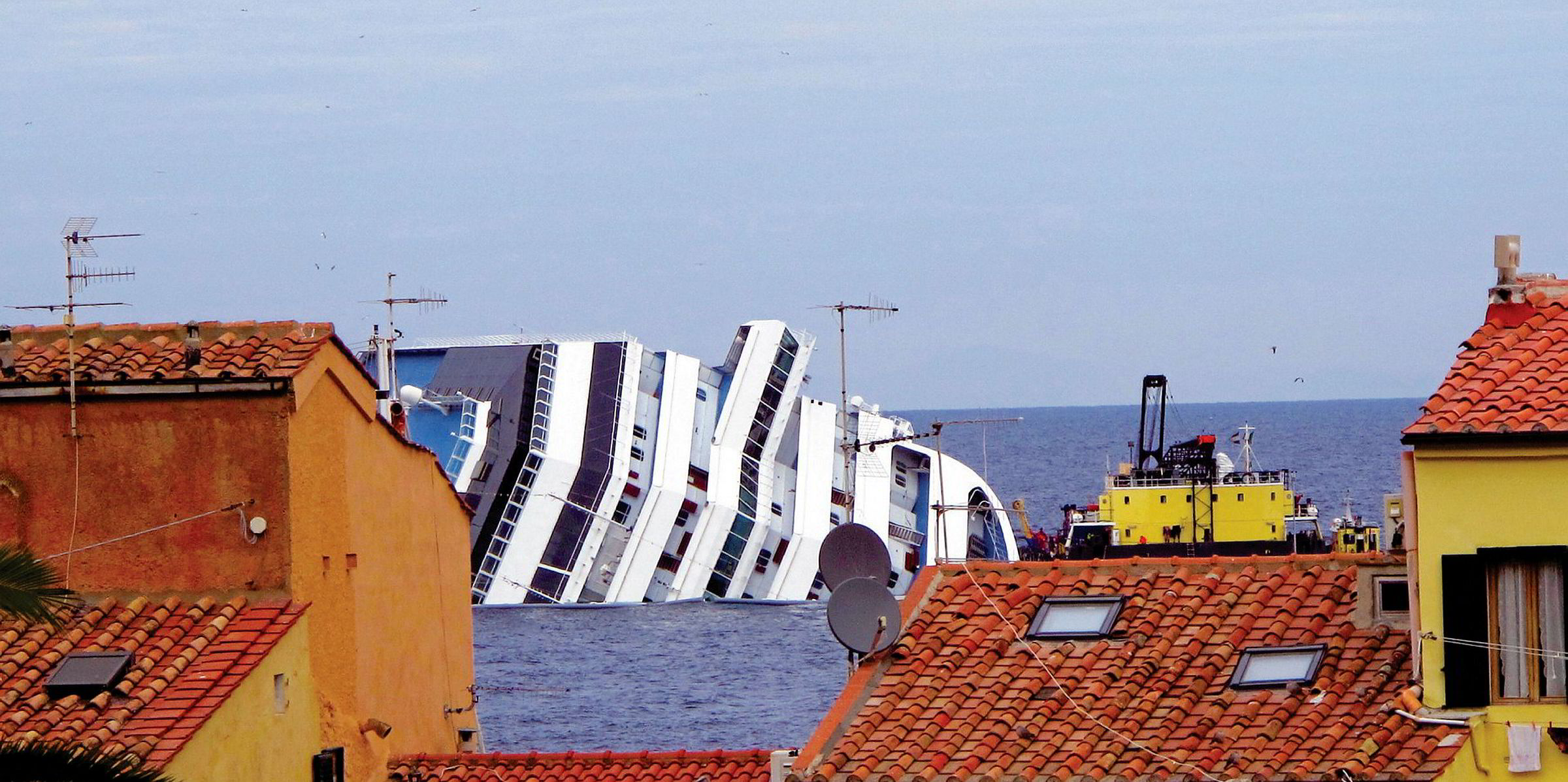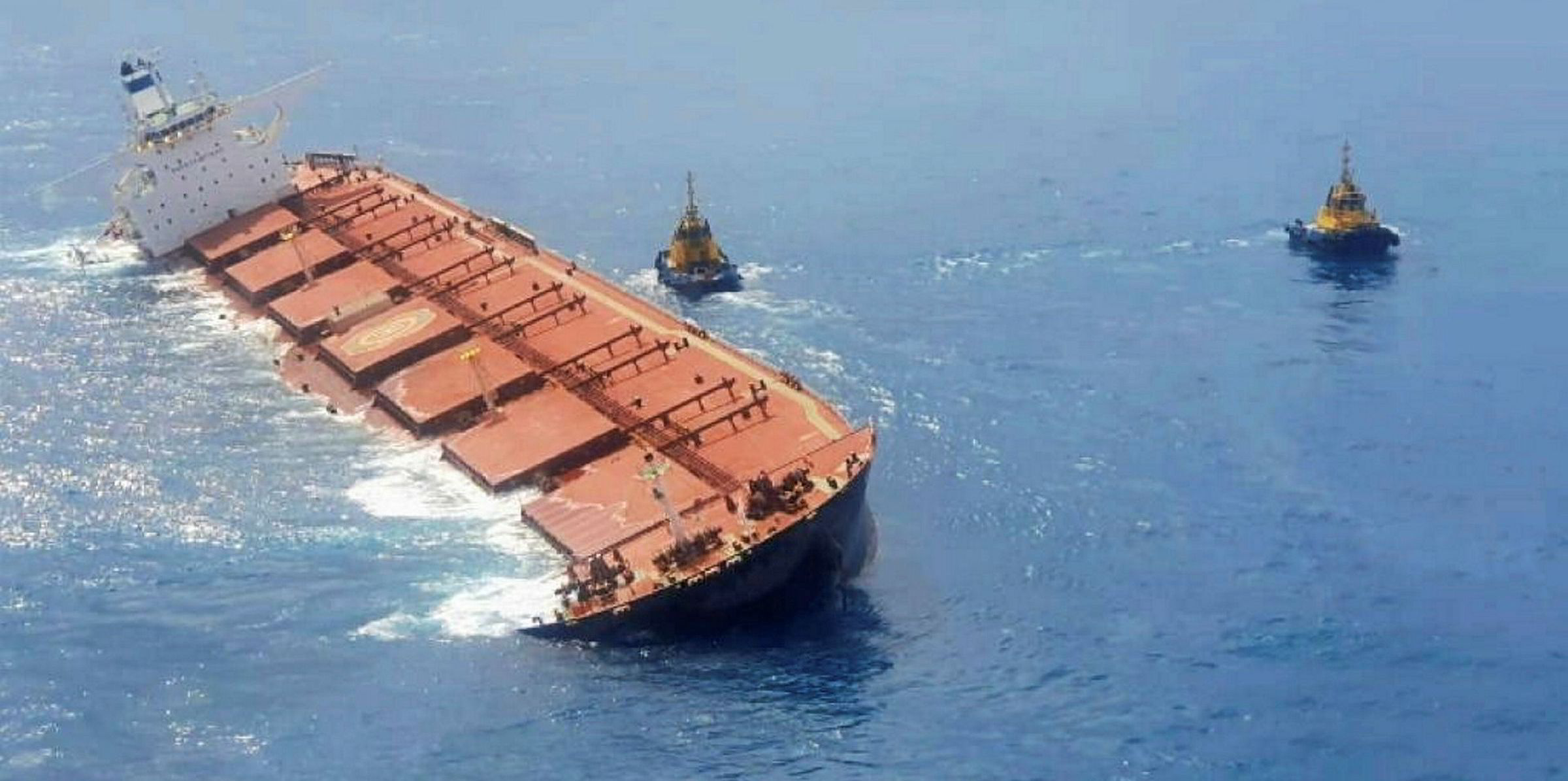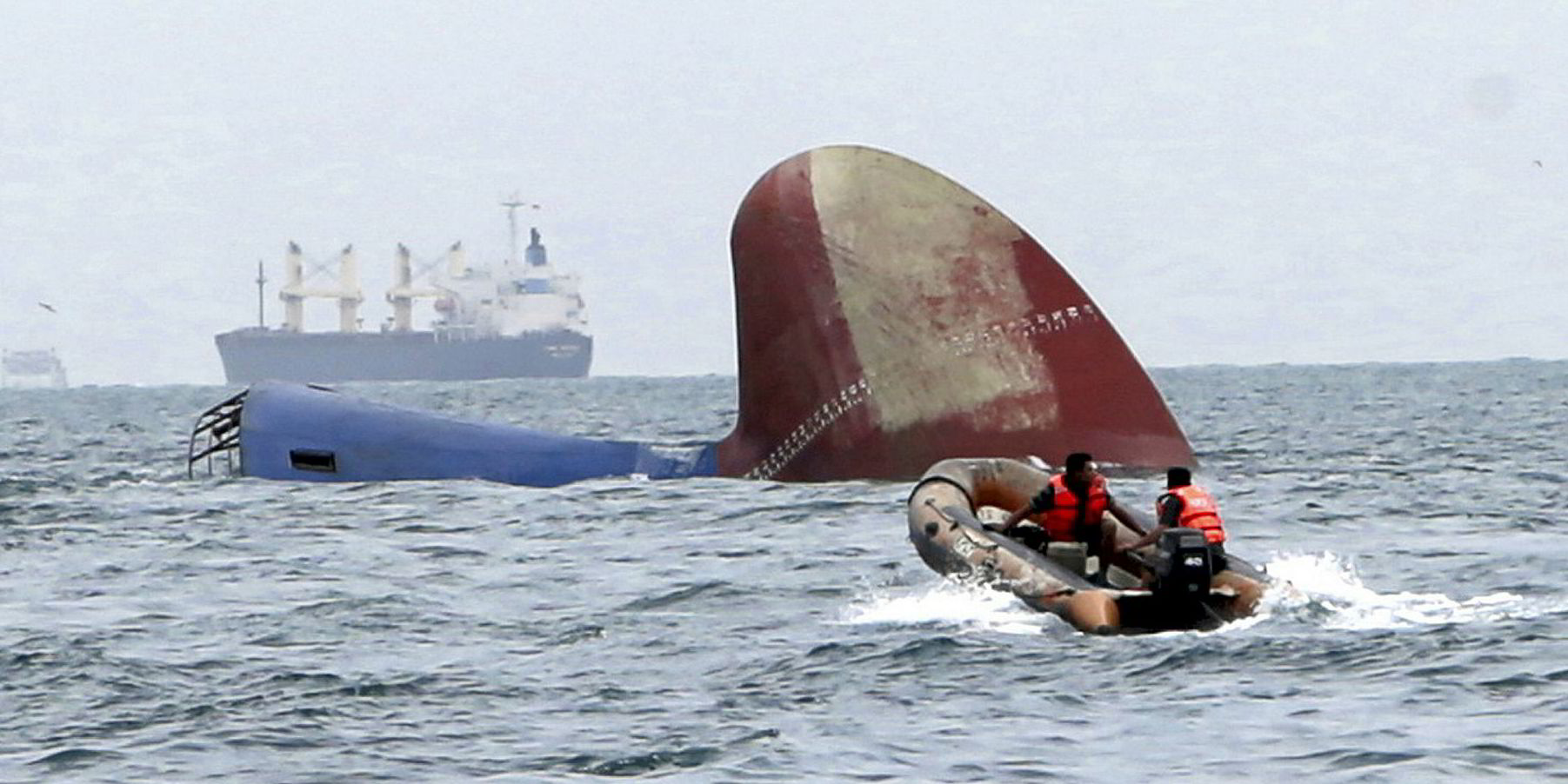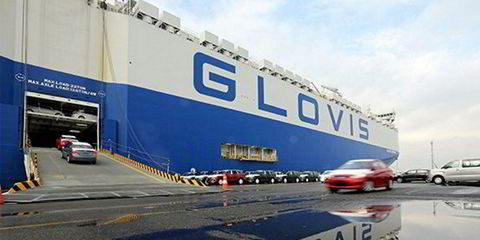Global salvage capacity has been hit again after leading salvor Ardent Global Marine Services announced last week that it is exiting the business.
Ardent was formed five years ago through the merger of salvage giants Titan, part of the US Crowley Group, and Svitzer Salvage, part of the AP Moller-Maersk Group.
Both Svitzer and Crowley recently sold out of Ardent.
Ardent is selling its salvage hardware and has been letting staff go.
Even rivals have been lamenting its departure. “It's a shame, they had really good people around the world,” said one salvage master.
Ardent is not alone. Marine heavylift company Mammoet Salvage is another big name to quit the business in recent years.
Falling capacity
The International Salvage Union (ISU) has also seen a decline in membership, as tug operators and salvage companies switch to alternative work with better prospects.
Some say the decline is inevitable, as improvements in marine safety mean there is simply less salvage work to go around.
But salvors argue that even if casualties are in long-term decline, companies need to be better incentivised to continue to provide a global response capability.
The principle of including a “bonus” in salvage awards to drive investment in equipment and market participation is written into traditional contracts, such as the Lloyd’s Open Form.
But that incentive appears to have lost its lustre.
“What will happen when the next big casualty comes along in a remote part of the world and there is no equipment or experienced people there to handle it, because companies like Ardent are no longer in the business,” argued a salvage company representative.
When Ardent was formed it was to use its expertise to become a leader in wreck removal, which was regarded as more profitable than emergency response work.
But the wreck-removal business has turned out to be just as competitive.
State support
One factor was the emergence of Chinese state-controlled Chinese Rescue & Salvage (CRS). Its stable of regional salvage companies have targeted the international market and have blown many established companies out of the water on price when it comes to bidding for major wreck-removal contracts.
With the backing of the Chinese state, CRS has the financial muscle to accept protection and indemnity insurers’ contractual conditions — such as paying for delays or cost overruns — that commercial salvors cannot take the risk of accepting.
The Chinese state is speculated to have picked up the bill for considerable cost overruns when Shanghai Salvage, a part of CRS, raised the wreck of the South Korean ferry Sewol (built 1994) in 2017.
Salvors think that P&I insurers are using the lack of wreck-removal work to demand punishing contractual terms, which are now putting the long-term financial health of the industry at risk.
Insurers that pay for salvage themselves are under financial pressure too, as they struggle with underwriting losses in most sectors of the marine market.
Safety and environmental demands from local authorities are also pushing up the cost of salvage, typified by the $1.2bn it cost to raise and dispose of the Costa Concordia (built 2006).
But as a result of rising cost pressures, it is salvors that are finding their margins squeezed.
Asked if the departure of Ardent would encourage insurers to make the salvage industry better rewarded, one salvage veteran replied: “I’m not so sure, they will still be playing companies off one another to get rock-bottom terms.”






